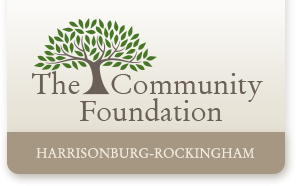Tips for serving clients who love local
Tips for serving clients who love local
Your charitably-minded clients certainly have no shortage of options for their philanthropic dollars. Many clients use their donor-advised funds, for example, at The Community Foundation to support favorite charities across the country, including alma maters, organizations in the communities where they’ve lived in the past or have a second home, or charities in communities where their grown children are now living.
Many clients, though, are also deeply committed to the local community where they’re living now, where they’ve raised their children, and where they’ve built a business. That’s why it’s helpful to remind clients that they can reach out to the team at The Community Foundation when they want to make sure their dollars are making the biggest difference possible, right here in our community. Indeed, local giving satisfies many clients’ commitment to “take care of our own.” The unfortunate steady flow of crises and even disasters, coupled with decreasing state and federal funding to local nonprofits, means that philanthropy is playing an increasingly important role in our region. The Community Foundation, through its wide variety of fund types available to your clients (including endowment funds to support the community in perpetuity), can help your clients achieve their goals for local support, whether that takes the form of disaster recovery, supporting families in need, funding critical workforce development, or paving the way for historic preservation initiatives.
The Community Foundation team is always happy to provide insight into the challenges our community is facing right now and which organizations are delivering services to alleviate those needs so that your clients can provide immediate support through their donor-advised funds.
In addition, an unrestricted fund may be a good fit for clients who want to improve lives, right here in this community, for generations to come, whatever challenges our region may face at any given point in time. An unrestricted fund may be particularly compelling for your clients who are 70 ½ or older. These clients may be eligible to make annual distributions up to $105,000 per spouse from their IRAs directly to an unrestricted fund at The Community Foundation. This transfer is called a “Qualified Charitable Distribution,” or “QCD.” Not only do QCD transfers count toward satisfying Required Minimum Distributions, but your client also avoids the income tax on those funds. Furthermore, those assets are no longer part of the client’s estate upon death, so the client can avoid estate taxes, too.
Please reach out to the team at The Community Foundation for more information on how your clients can support both current and future local needs, and also meet their own financial, tax, and generational legacy goals.
This article is provided for informational purposes only. It is not intended as legal, accounting, or financial planning advice.












